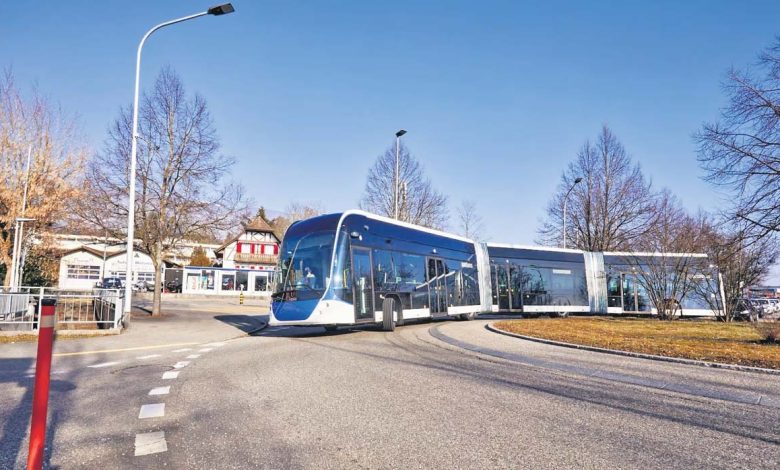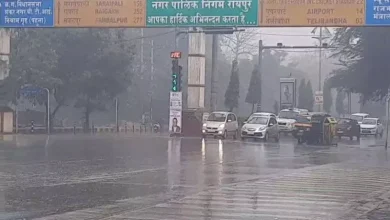KMRL plans to introduce Lighttram metro route in Thiruvananthapuram and Kozhikode

Kochi: Keeping in mind the financial implication and other issues associated with a conventional metro project, Kochi Metro Rail Limited (KMRL) has decided to adopt a different route in Thiruvananthapuram and Kozhikode. The Lighttram Metro is a mass transit system like a traditional metro, without the huge expense and major logistical challenges involved. “Feasibility studies will be conducted on the already proposed metro routes in both the cities by the Urban Mass Transit Company Limited (UMTC),” KMRL MD Loknath Behera said. Cities like Brisbane in Australia have chosen Lighttram metros because they are more sustainable, cost-effective and can operate at street level, elevated and underground, officials say. For Kerala, which is facing a shortage of funds, the Lighttram is more suitable as it will not put a financial burden on the next generation, it is felt. “It is difficult to proceed with conventional metro in Thiruvananthapuram and Kozhikode as getting funds will be a challenge given the financial condition of the state. Construction of metro rail is also going to take more time,” said a source. “As per the plan, Thiruvananthapuram Metro is about 45 km. The cost of building metro rail is Rs 250 crore per km. Lighttram can achieve this at one-fourth the cost,” the source said. KMRL is also planning a Lighttram metro in Kochi to connect areas where conventional metro is not possible. “Swiss-based HESS Green Mobility, which has implemented Lighttram service in Brisbane and other parts of the world, has submitted a feasibility report on the MG Road-Thevara-Marine Drive loop. Studies on elevated bypasses at Mattancherry, Fort Kochi and Edappally-Aroor will be started soon,” Behera said. Lauding the idea of Lighttram Metro in Kochi, transport expert Adarsh Kumar said the city’s roads have reached their carrying capacity. “The expansion of roads here has its limits. Now is the time for authorities to think about lighttram as it will benefit heritage areas,” Adarsh said, adding that it will also create traffic discipline among commuters. “In terms of serving the purpose of mass rapid transit, Lighttram is the best option for Kerala,” he said. Another advantage of the Lightram Metro is that passengers do not have to waste 3-4 minutes climbing stairs to reach the platform, a KMRL official said. “They can board the Lighttram from the street. The only challenge is that there are many criss-cross junctions in Kochi city. This is not an intelligent transport signaling system and priority signaling cannot solve this,” the official said. Noting that Kochi Metro is expected to reach the optimum utilization stage in the next 30 years, the official said, “Lighttram will get wide acceptance from passengers. They will provide more travel options with easy links to buses and trains.” On concerns about the operation of Lighttram on narrow roads in Kochi city, Behera said the minimum road width required for Lighttram is 18 metres. “Therefore, we will require less land acquisition for this compared to Metro Rail. It can also work on winding roads,” he said. However, Metroman E Sreedharan disagrees. “Lighttrams are impractical on Kerala roads as they are narrow and the vehicles would occupy a portion of the road. Civil infrastructure alone is cheaper than conventional metro rail. The cost of the train will be much higher than the trains operated by KMRL,” he said. lighttram Lighttram can be operated at street level, elevated and in parallel to underground metro rail systems. The three-coach light tram, 25 meters in length, can carry 240 passengers. The electric-hybrid tram can be fully charged in six minutes and travel up to 45 km. They are also disabled friendly. rapid transit system Cities such as Brisbane in Australia have chosen Lighttram metros because they are more sustainable, cost-effective, and can operate at street level, elevated, and underground. For Kerala, which is suffering from fund shortage, Lighttram is more suitable as it will not put financial burden on the next generation. The advantage of the Lighttram is that passengers do not have to waste 3-4 minutes climbing stairs to reach the platform.




